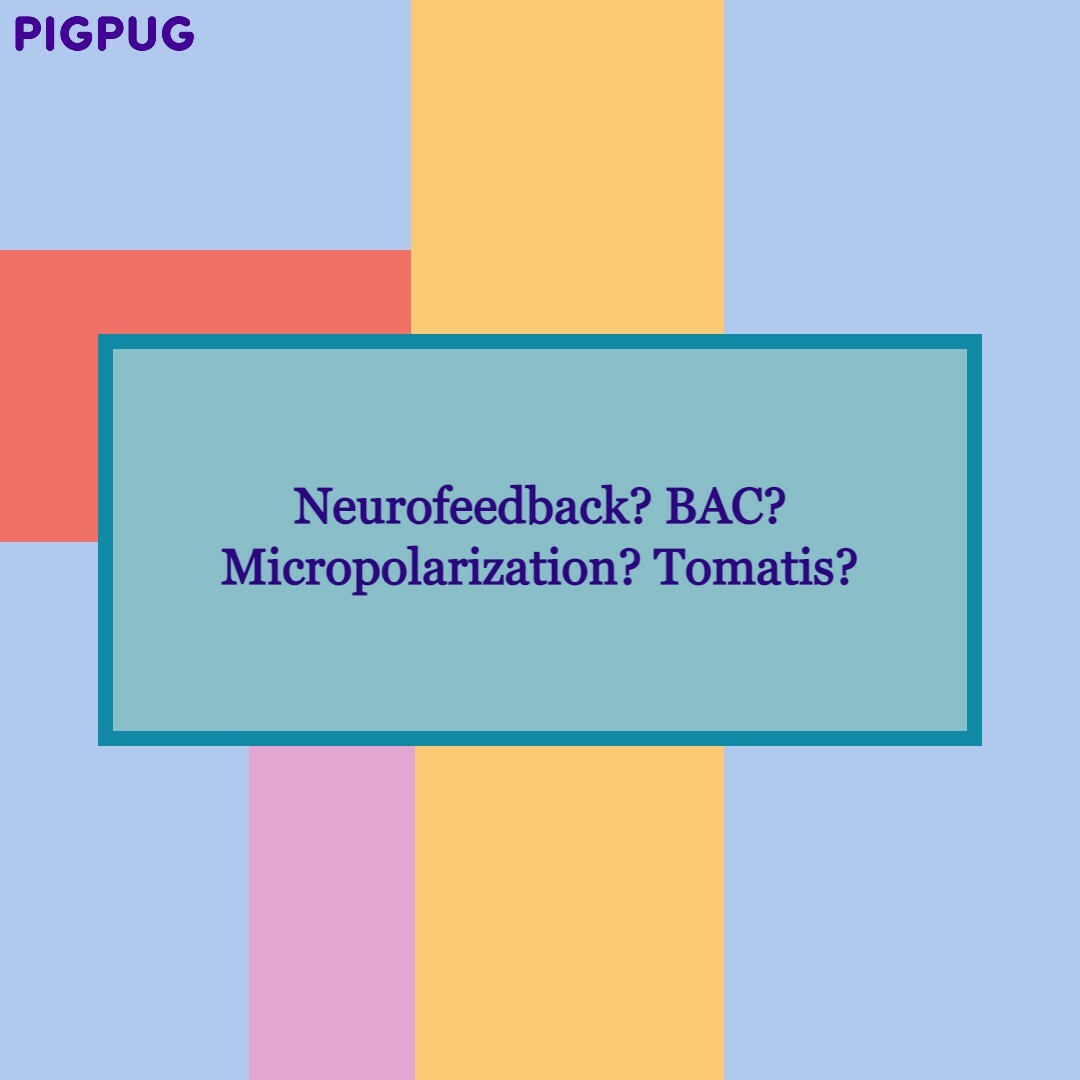What is the essence of each of these methods? What is the difference between them? Is it possible to combine them? What suits my child? These are the main questions from parents when they look for a method that can improve their child’s condition.
Let’s find out.
Part 1. BAC and neurofeedback.
As we remember, in a session of neurofeedback children train to control the functions of attention stability, ability to concentrate, and relax. When performing a certain set of tasks on electronic media (phone, tablet, computer), the electrical activity of the brain is recorded in real-time, EEG data is displayed on the monitor screen (visual + auditory response), which allows the patient to immediately receive feedback and independently adjust the rhythms of brain activity.
Let’s take a look at what is BAC.
Bioacoustic Correction (BAC) is the effect of an acoustic (sound) signal on a child’s brain by converting the child’s electroencephalogram and sending this signal to the brain in real-time. Thus, the sound signal is consistent with the functional activity of the brain, which activates the regulatory structures.
According to the instructions of the developers of this method, BAC helps to improve psycho-emotional state: normalizes sleep, muscle tone, reduces nervousness, depression, anxiety, aggressiveness.
The main difference between neurofeedback and BAC is:
In BAC all the processes take place on the unconscious level, while in neurofeedback they are led to volitional reactions.
Conclusion: During a session of bioacoustic correction, the child doesn’t show any activity, he doesn’t need to make any efforts. On the one hand, this fact allows applying the BAC method in case of severe disorders of intellect, speech, and other states, when feedback on the conscious level is difficult. However, for children with preserved intellect or a slight decrease in intellect, the neurofeedback method is much more effective – a greater effect is observed as a result of performing tasks to which a force of will has to be applied.
Part 2. Neurofeedback and Tomatis.
The main aim of the Tomatis Method is improving the brain’s activity via sensory sound stimulation. Comparing bioacoustic correction (BAC) with the Tomatis Method, we can say that in the last one the auditory signal is not matched with the functional activity of the brain in real-time.
The goal of this auditory training system is to improve the brain’s ability to receive and process auditory information.
In such a way, we can see that the Tomatis Method is also effortless and doesn’t force the child to actively work on himself or herself. In fact, there is no result in terms of sustained attention or ability to concentrate.
The developer claims that the Tomatis Method is suitable for children with severe or milder delays and that it stimulates the child’s speech development.
However, when it comes to ADHD, behavioral disorders, and a wide range of issues related to ASD, it is clear that neurofeedback versus Tomatis tips the scales: the patient receives immediate feedback on a specific set of tasks, allowing him/her to self-regulate brain activity rhythms. The efficiency is always higher when the patient is active than when he is passive.
In neurofeedback-therapy, the first effect is often seen after 5-6 sessions. Often parents are so happy with the result that they express a desire to extend the course by 5-10 sessions.
Part 3. Neurofeedback and micropolarisation.
Another method of affecting the nervous system is transcranial micropolarisation (TM). The creators describe this method as directing a low-intensity direct current to brain cells to stimulate the CNS.
The method involves local exposure of certain areas of the brain through electrodes attached to the scalp. During the procedure itself the child can actively do their own things (talk, read a book, play, watch cartoons). The procedure is painless.
In general, TM is used for mental and speech development delays, motor and partial sensory alalia, and various speech disorders. It is not uncommon for parents to be offered this technique for ADHD as well.
A very important point is the fact that this technique has a fairly wide range of contraindications:
o Epilepsy, seizure syndrome, seizure activity on the EEG;
o Individual intolerance of current;
o Volumetric processes in the area of exposure;
o Increased intracranial pressure;
o violations of the integrity of the skin.
As we can see, this method of influence on the child’s nervous system hasn’t active component, the child makes no efforts to achieve the result. Inter-neuronal connections are formed most actively just during meaningful work, during volitional effort. This also affects the stability of the newly formed connections, and as a consequence, the result.
This brings us to the obvious conclusion: neurofeedback is much more effective than the TMS method described above for correcting ADHD, for improving the ability to concentrate, for increasing attention. Besides, TM has a large number of contraindications, which is not the case with neurofeedback.






